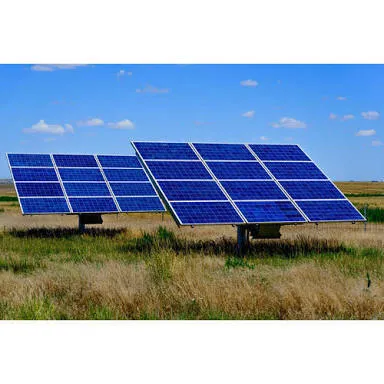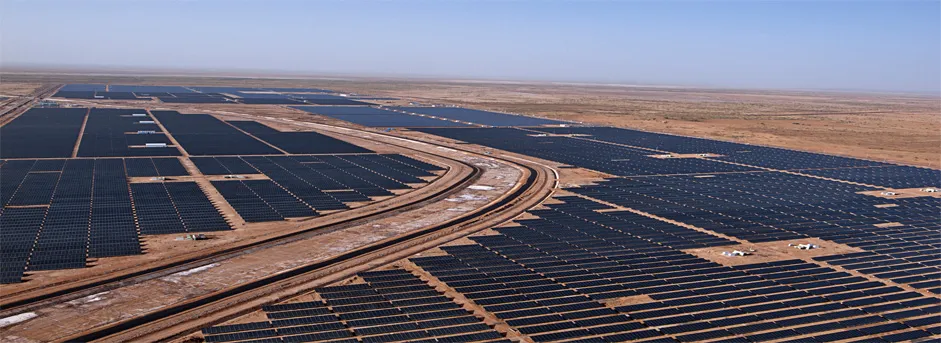India the founding member of International Solar Alliance, holds the record of installation of world's largest solar park and world's largest solar park in making.

Image source; MNRE(Govt of India)
World's largest functional solar park of 2,000 MW, Shakti Sthala set up at Pavagada in Tumakuru district of Karnataka will be replaced by another one from CHARANKA SOLAR PARK, Gujrat, India.
Launched by Indian, Ministry of New and renewable Energy (MNRE) and implemented by Solar Energy Corporation of India (SECI).
To create at least 50 solar parks in Indan with a capacity of 500 MW or above by 2019-20 as clean energy for the sustainable development.
It’s a concentrated zone for development of solar power generation projects and provides an area that is well constructed, having proper infrastructure, better access to amenities and least paper works for project implementation.

Image source; MNRE(Govt of India)
It directly convert sunlight to electricity. The energy can be stored or converted into alternate current and utilised for off grid purposes.
It uses heat from the sun (thermal energy) to drive utility-scale, electric turbines and other purposes.
Solar cells gets its name from the process of converting light energy (photons) intoto electricity (voltage), which is called the photoelectric effect effect.
**When sunlight strikes the photovoltaic module, made from a semiconductor material, electrons gets released from their atomic bonds. That flow of electrons produces electric current.
What are different types of solar cell
First Generation solar cells are made from semiconductor material, silicon and are usually flat-plates.
Second-generation solar cells, called thin-film solar cells, made from amorphous silicon or nonsilicon materials like cadmium telluride.
Third-generation solar cells are made from a different variety of new materials besides silicon that including solar inks using conventional printing press technologies, solar dyes, and conductive plastics.
It is an another method of harnessing solar energy. Perovskite is a material with crystal structure as the mineral calcium titanium oxide (also known as Perovskite). Perovskite Solar Cell includes a perovskite-structured compound, most commonly a hybrid organic-inorganic lead or tin halide-based material as the light-harvesting active layer. Perovskite captures energy from a different part of sunlight’s wavelength than silicon. Perovskite solar cells are replacing the traditional photovoltaic cells, in last few years have outpaced all other third-generation solar technologies both in terms of efficiency and cost.